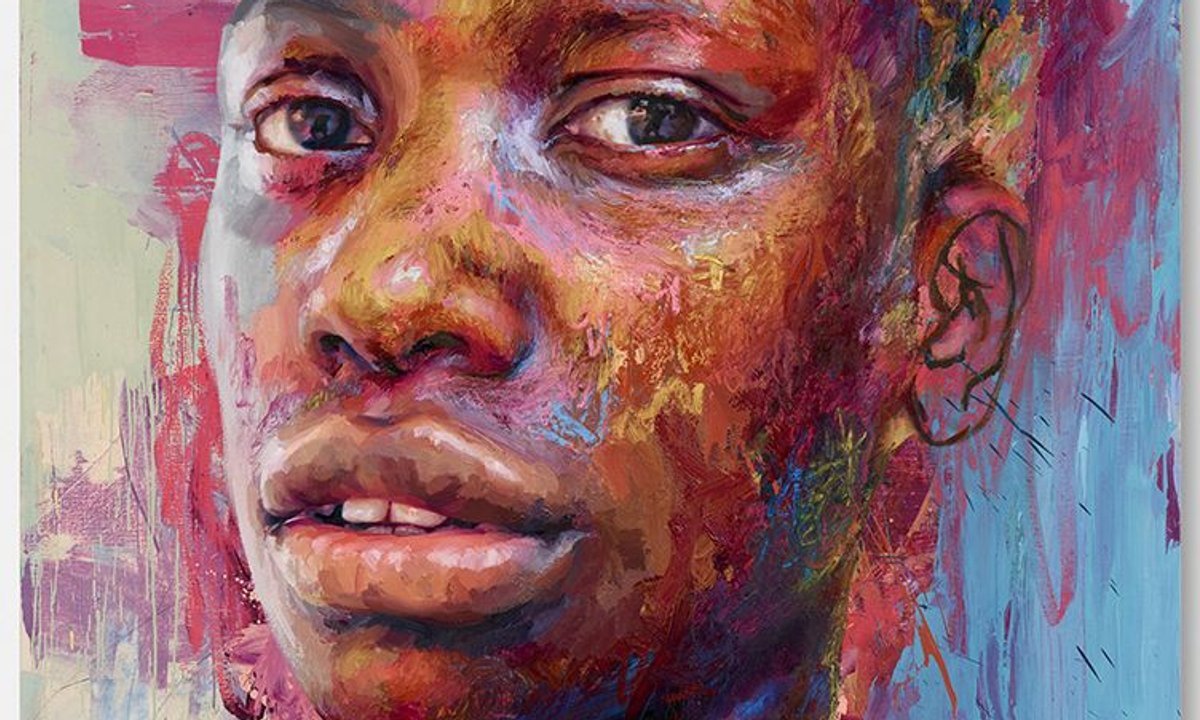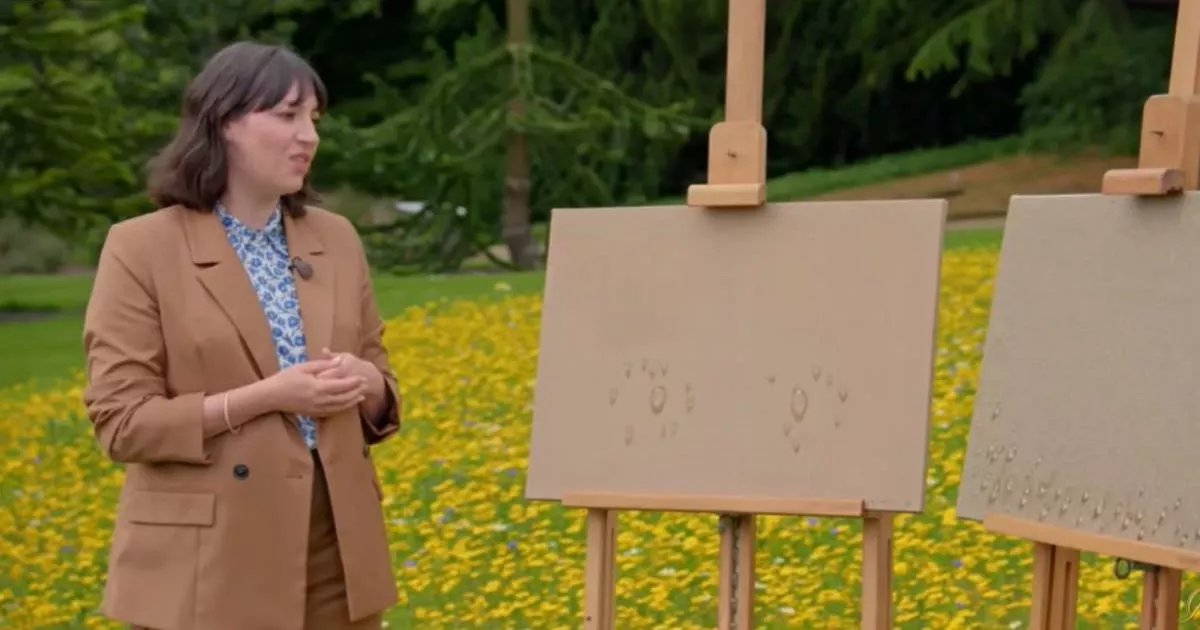Rebeca Moen
Aug 30, 2024 12:09
Artfi uses Sui’s dynamic NFT technology to fractionalize high-end artworks, making blue-chip art investments accessible to a wider audience.
Artfi, a company aiming to democratize high-end art investments, is leveraging the Sui blockchain to make blue-chip art accessible to a broader audience by fractionalizing artworks using dynamic NFT technology, according to The Sui Blog.
Transforming Art Investments
Founded by Asif Kamal, Artfi seeks to enable more people to invest in world-class art by turning high-end artworks into fractionalized NFTs. Kamal, who has extensive experience in the art business, believes it’s time to make art investment accessible to those who cannot afford to spend millions on a single piece.
The global art market sees annual sales between $65 billion to $70 billion, predominantly through major institutions like Sotheby’s, Christie’s, and Bonhams. However, the exclusivity of these transactions has historically limited participation to wealthy individuals.
Using Blockchain for Fractional Ownership
Artfi launched earlier this year with the objective of democratizing art investing by leveraging the Sui blockchain. The platform uses Sui’s object-oriented data structure, zkLogin, and Kiosk technologies to tokenize and fractionalize art pieces into 10,000 different fractions. Each fraction is represented as an NFT with its own coordinates and fraction number, stored in an investor’s digital wallet.
“Sui’s unique object-oriented mechanism not only makes the process super fast and smart but also ensures safety for all parties involved while maintaining immutability,” said Kamal. The Move programming language further enhances the security and functionality of smart contracts and digital assets on Sui.
A New Era for Art Investment
Kamal’s vision for Artfi was influenced by the Covid-19 pandemic, which accelerated his interest in blockchain technology. He saw an opportunity to use blockchain not just for cryptocurrency and NFT trading, but to address the inequities in art investing.
Artfi’s platform allows people to buy shares of high-end artworks they couldn’t afford outright. The physical artworks are handled and preserved by a third-party foundation and can be showcased in galleries and museums. Collectors who buy fractional art via Artfi become part of a DAO that collectively decides the future of the piece.
Artfi focuses on blue-chip works from renowned artists such as Pablo Picasso, Salvador Dali, and Claude Monet, as well as prominent South Asian artists like Raja Ravi Varma and Jamini Roy.
Benefits for Investors and Art Owners
This model benefits both investors and art owners. Investors can own a portion of an artwork they couldn’t otherwise afford, while art owners can sell fractions of a piece they believe will appreciate in value. Additionally, Sui’s royalty policies ensure that artists benefit from secondary sales of their fractionalized NFTs.
Transition to Sui Blockchain
Artfi initially built its platform on Polygon but recently transitioned to Sui. Kamal identified Sui as the best fit for Artfi due to its object-oriented approach, which makes the fractionalization of real-world assets more practical and secure.
zkLogin allows new users to create a digital wallet with a simple, Web2-style log-in process, appealing to users who may not be familiar with Web3 and blockchain technology but want to appreciate art and participate in an ownership community.
Future Developments
Artfi plans to introduce Artinals, a no-code experience for users to manage their digital assets, set royalties, and ensure compliance. Leveraging Programmable Transaction Blocks, Artfi aims to offer low fees and efficient resource usage.
With its innovative approach to art investment, Artfi is poised to become a significant player in the real-world assets segment of the blockchain industry, aligning perfectly with the decentralization theme of Sui.
Image source: Shutterstock







